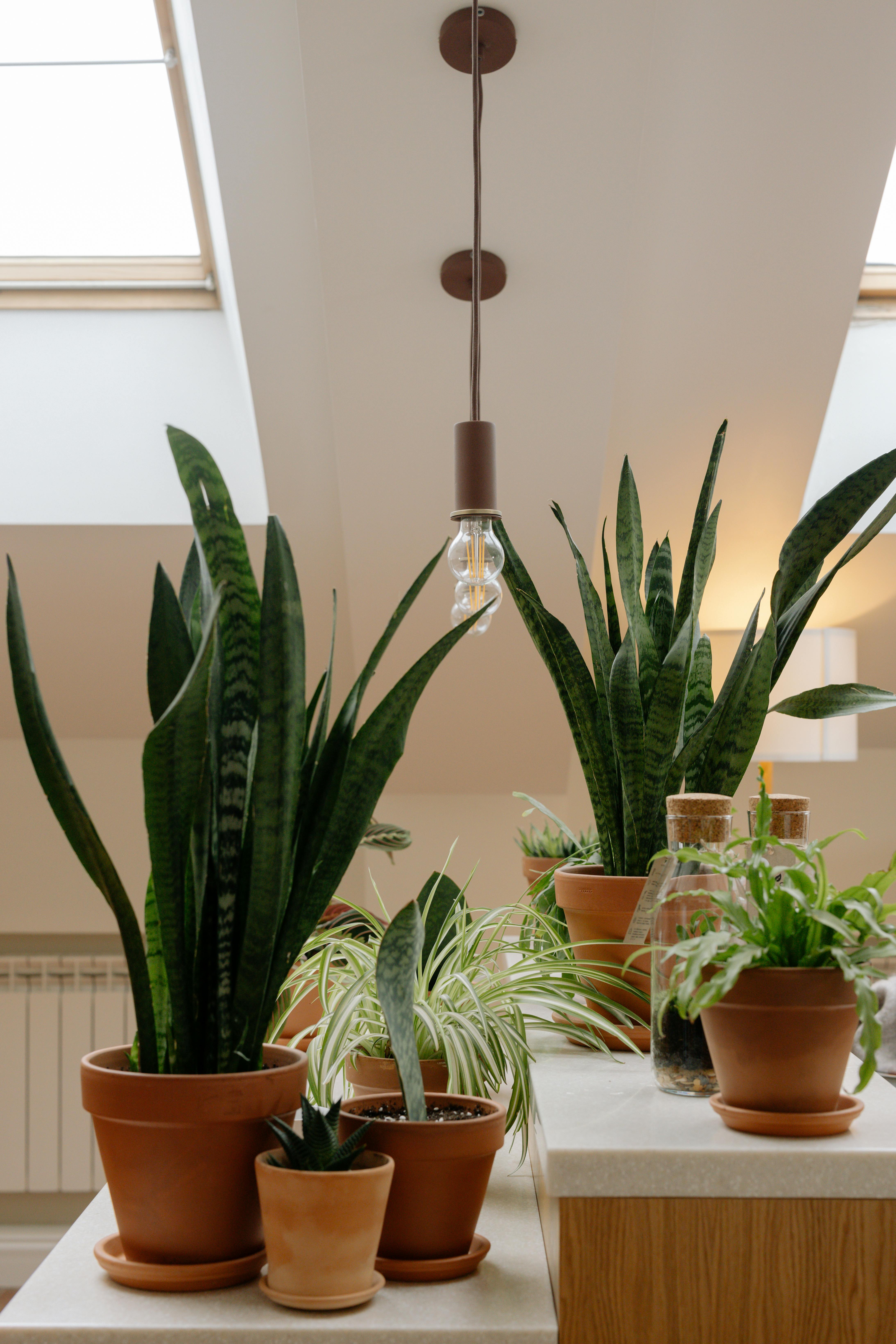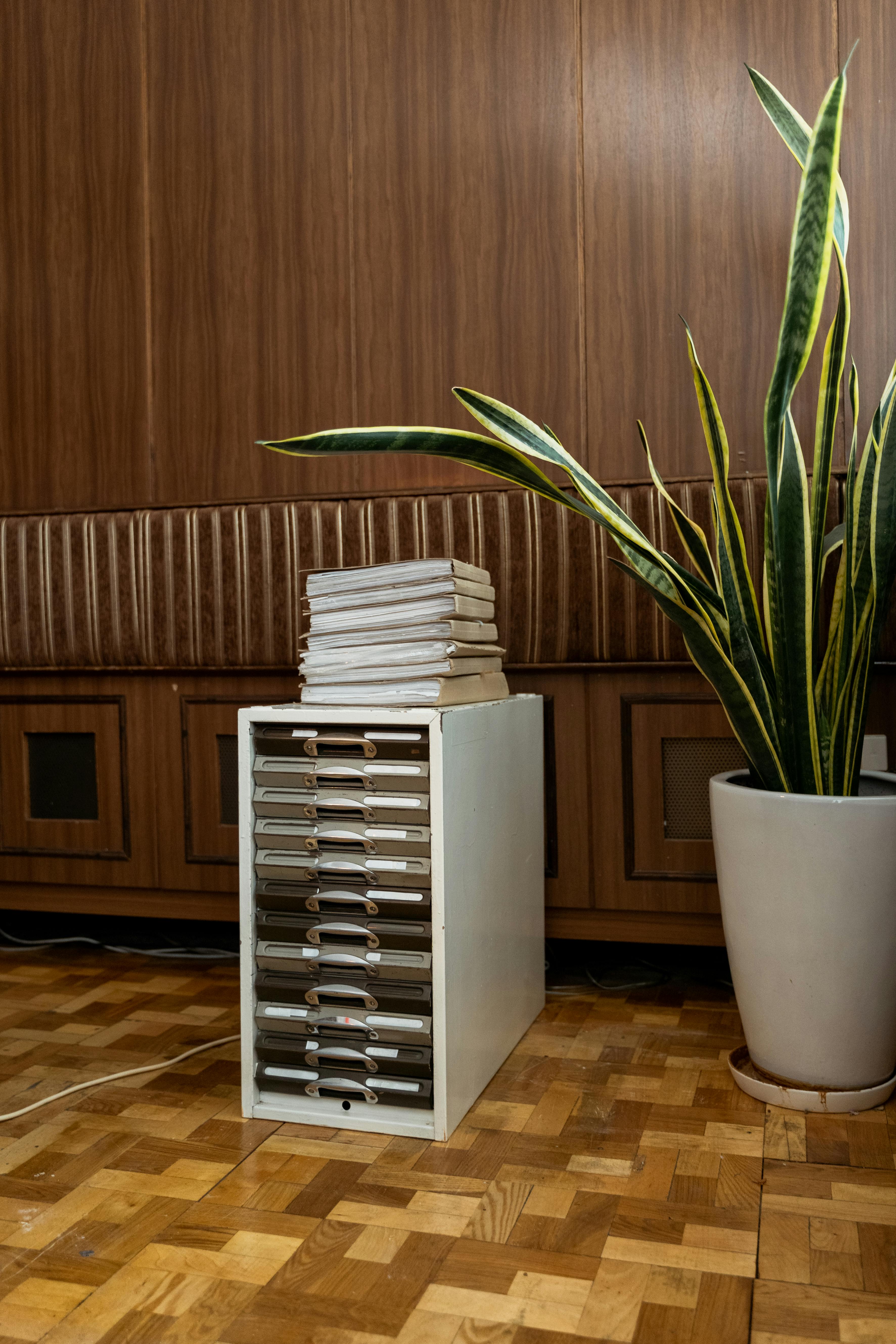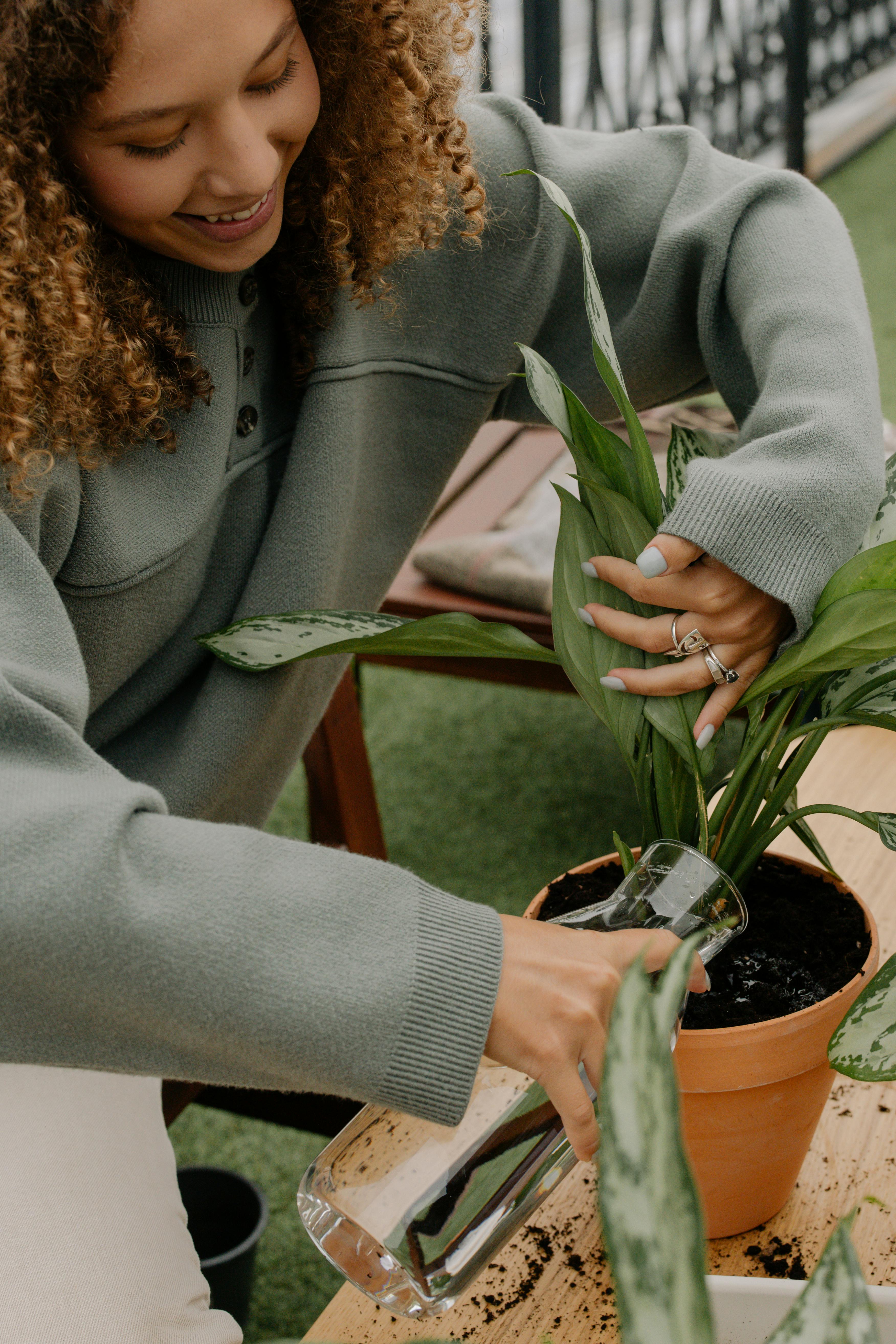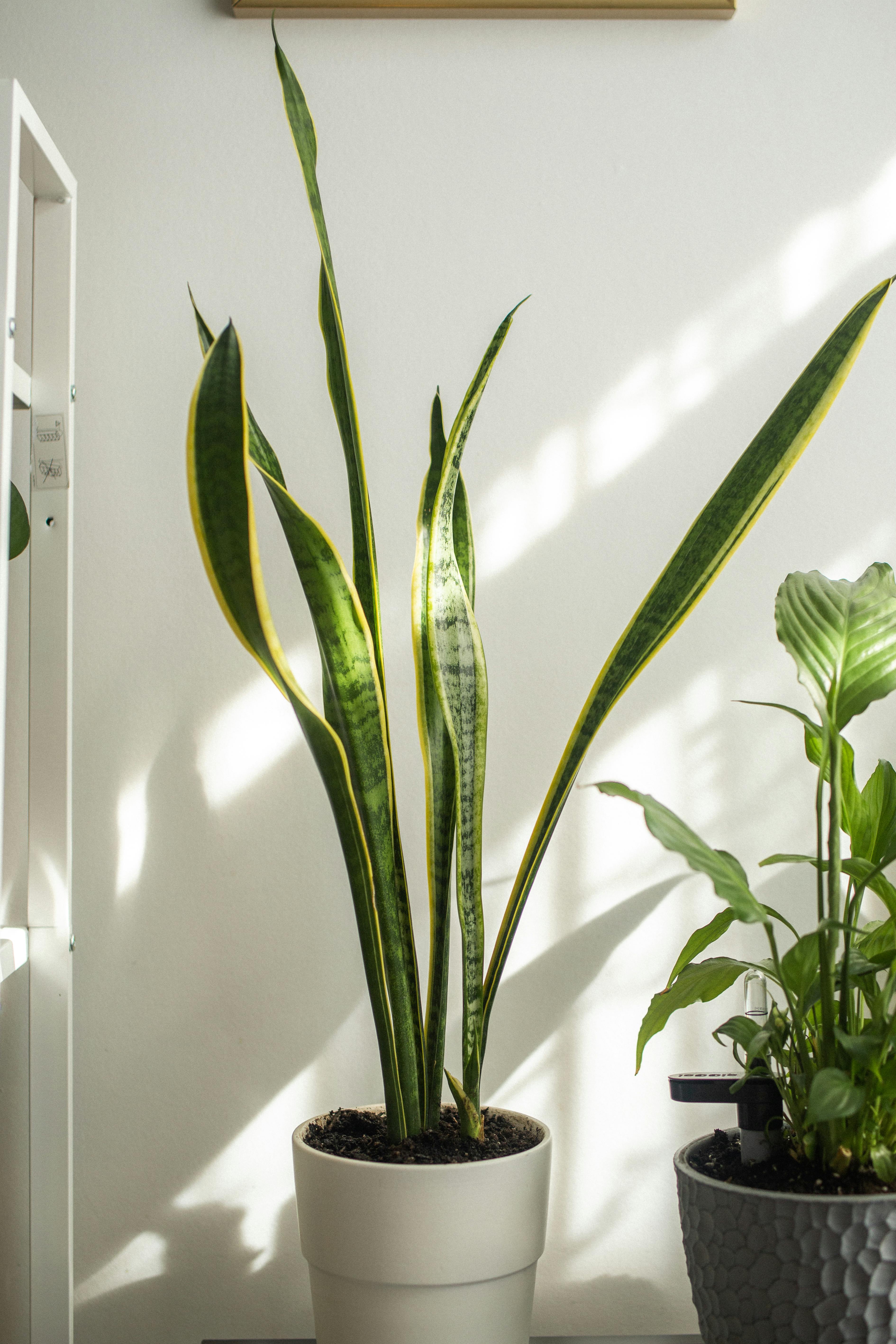Snake Plant Care Guide: Essential Tips for Healthy Growth
Have you ever wondered why the Snake Plant, also known as Sansevieria trifasciata, is one of the most popular houseplants? With its striking upright leaves and easy-to-maintain nature, it’s no surprise this plant is beloved by plant enthusiasts. Whether you’re a beginner or an experienced gardener, mastering the care of a Snake Plant is straightforward but rewarding. Let’s walk through the best practices for keeping your Snake Plant healthy, vibrant, and thriving year-round.

1. Choosing the Right Snake Plant Variety
Did you know that there are several varieties of Snake Plants? While the most well-known is Sansevieria trifasciata with its tall, sword-like green leaves bordered by yellow stripes, other species such as Sansevieria cylindrica (cylindrical snake plant) and Sansevieria moonshine (with its silvery-green leaves) are also popular. Each variety offers unique aesthetic qualities and may slightly differ in care. Understanding the variety you’re working with ensures you meet its specific needs.
Sansevieria cylindrica, for instance, grows in a fan shape and may require more light, while the classic Sansevieria trifasciata is extremely adaptable to low-light conditions. Identifying your plant type is the first step to ensuring you provide the right care.

2. Ideal Light Conditions for Snake Plants
One of the reasons Snake Plants are so popular is their adaptability to different light levels. However, to encourage the best growth and maintain their vibrant leaf colors, it’s important to provide the right light conditions.
Snake Plants thrive in bright, indirect light but can tolerate low light for extended periods. Placing them near an east- or west-facing window allows them to enjoy moderate sunlight without getting scorched. Avoid placing your Snake Plant in direct sunlight for long periods, as this can cause the leaves to bleach or dry out. If you live in an area with limited natural light, rest assured that Snake Plants can still survive in low-light rooms, although their growth may be slower.

3. Watering Snake Plants Properly
Watering is one of the most important factors in Snake Plant care, but it’s also where most problems arise. Snake Plants are drought-tolerant, and overwatering is the primary cause of problems like root rot.
To water your Snake Plant properly, allow the soil to dry out completely between waterings. A general rule of thumb is to water every 2-3 weeks in warmer months and reduce frequency in the winter. Make sure to use a pot with a drainage hole to prevent water from pooling at the bottom. When you do water, water thoroughly, but ensure excess water drains out.
If you’re ever unsure, it’s better to underwater than overwater, as Snake Plants can recover from a lack of water but struggle with over-saturation.

4. Best Soil for Snake Plants
Choosing the right soil for your Snake Plant is key to preventing root rot and promoting healthy growth. Snake Plants prefer well-draining soil that allows excess water to escape quickly. A cactus or succulent mix is ideal for these plants because of its gritty texture and quick-draining properties.
You can also create your own soil mix by combining regular potting soil with sand or perlite to improve drainage. Avoid using dense or moisture-retaining soils, as these can trap too much water and lead to root rot. A well-draining pot and soil will keep your Snake Plant happy for years to come.

5. Temperature and Humidity Requirements
Snake Plants are remarkably resilient and can tolerate a wide range of temperatures. However, they perform best in temperatures between 60°F and 85°F (15°C to 29°C). Avoid placing your Snake Plant in drafty areas or near windows with cold air, as temperatures below 50°F (10°C) can cause stress and damage the leaves.
In terms of humidity, Snake Plants are not picky. They do well in average indoor humidity levels and can even thrive in dry environments. There’s no need for misting or humidity trays, making them ideal for low-humidity households. However, they can also adapt to more humid conditions without any issues.
6. Fertilizing Your Snake Plant
Snake Plants are slow growers and don’t require frequent feeding. However, to encourage growth and maintain vibrant, healthy leaves, it’s beneficial to apply a balanced houseplant fertilizer during the growing season (spring and summer).
Use a diluted liquid fertilizer or slow-release pellets once every 4-6 weeks during these months. Be careful not to over-fertilize, as this can lead to nutrient build-up in the soil, which can harm the roots. Skip fertilizing during the fall and winter months when the plant’s growth naturally slows down.

7. Repotting a Snake Plant
Since Snake Plants grow relatively slowly, they don’t need to be repotted often. However, repotting is necessary every 2-3 years or when you notice the roots are becoming crowded or are growing out of the drainage holes. Choose a pot that’s about one size larger than the current one to give the roots room to spread out.
When repotting, gently remove the plant from its old pot, shake off excess soil, and place it in fresh, well-draining soil. Ensure the pot has drainage holes to prevent water retention. Snake Plants can also be divided during repotting if you wish to propagate the plant.

8. Common Snake Plant Pests and Problems
While Snake Plants are typically resistant to pests, they can sometimes attract common houseplant pests such as spider mites, mealybugs, or scale. Regularly inspecting your plant for signs of pests will help you catch any infestations early. Yellowing leaves, webbing, or sticky residue on the leaves may indicate pest activity.
To treat pests, wipe the leaves with a damp cloth or use a gentle insecticidal soap. Keep the plant isolated from others until the infestation is under control.
Another common issue with Snake Plants is root rot, which is caused by overwatering. Ensuring the plant has well-draining soil and only watering when the soil is dry will help prevent this problem.

9. Propagating Snake Plants
Propagating Snake Plants is a rewarding process and can be done easily through leaf cuttings or division. To propagate by division, remove the plant from its pot and gently separate the root ball into smaller sections. Each section should have at least one healthy leaf and some roots. Repot these sections into separate pots with fresh soil.
For leaf cutting propagation, cut a healthy leaf into 4-6 inch sections and allow the cut ends to callous for a few days. Once the ends are dry, plant them in well-draining soil, with the cut side down. Keep the soil slightly moist until new roots develop.
10. How to Maintain Snake Plant Shape and Aesthetic
Snake Plants have a striking, architectural shape that makes them stand out in any room. To keep your plant looking its best, you can occasionally trim away any dead or damaged leaves at the base. This encourages healthy new growth and helps the plant maintain its iconic upright form.
If your Snake Plant begins to grow too tall or wide for your liking, you can also trim the tips of the leaves. Just make sure to use clean, sharp scissors to avoid causing any damage to the plant.
11. Benefits of Snake Plants
In addition to their attractive appearance, Snake Plants offer numerous benefits. One of the most notable is their ability to purify the air. Snake Plants are known for filtering out toxins such as formaldehyde, xylene, and benzene from the air, making them an excellent choice for improving indoor air quality.
They also produce oxygen at night, making them ideal plants for bedrooms. With their low maintenance needs and air-purifying qualities, Snake Plants are a perfect addition to any home.
12. Troubleshooting Common Snake Plant Issues
While Snake Plants are low maintenance, they can occasionally face issues. Yellowing or drooping leaves are often signs of overwatering or poor drainage. Adjusting your watering habits and ensuring the plant’s pot has proper drainage can resolve this.
If your Snake Plant’s leaves are wrinkling or curling, it may be underwatered. In this case, increase watering frequency slightly, but still allow the soil to dry between waterings. By paying attention to your Snake Plant’s signs, you can easily troubleshoot and correct most issues before they become serious problems.
Snake Plants are one of the most resilient and rewarding houseplants you can own. With their bold, upright leaves and low-maintenance care, they add a touch of green to any space while requiring minimal effort. Whether you’re new to plant care or a seasoned expert, these plants are sure to thrive in your home when given the right conditions. From lighting to watering and pest management, following the care tips in this guide will ensure your Snake Plant remains healthy and vibrant for years to come.



